Our work
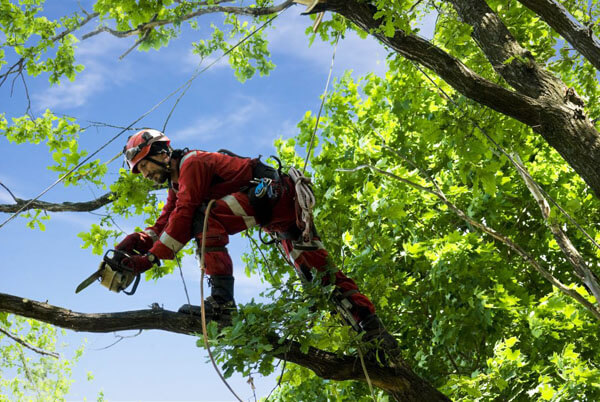
One of the most popular forms of tree pruning, this is the removal or cut back of a tree’s outer branches, reducing its overall height and spread and shortening branches to maintain the species’ natural form. Reducing and reshaping the crown can improve the tree’s health, while keeping spread in check within a confined space. We can advise on the extent of the reduction, taking into careful consideration whether the tree could withstand such works.
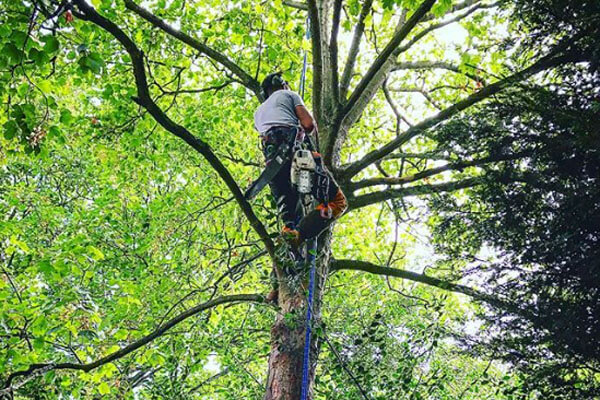
Crown thinning involves the careful and systematic removal of branches from within the crown to leave a well-balanced shape with even growth throughout the canopy. It can reduce a tree’s density between around 10-50% allowing more air and light to pass through it. Often, it includes the removal of dead, dying or diseased wood and broken branches or stubs left from previous poor tree surgery operations.
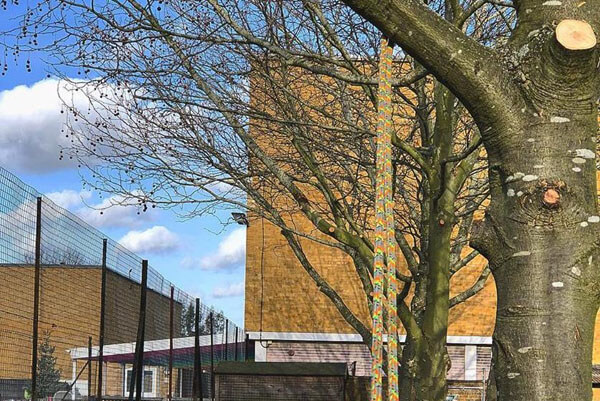
This involves the removal of the lower branches from the main stem, effectively lifting the height of the tree’s canopy to a specified height. We often do this for clients wanting to make way for pedestrian walkways, vehicles or simply to offer better views down the garden. We would advise not removing any more than 15% of the live crown height depending on the tree species.
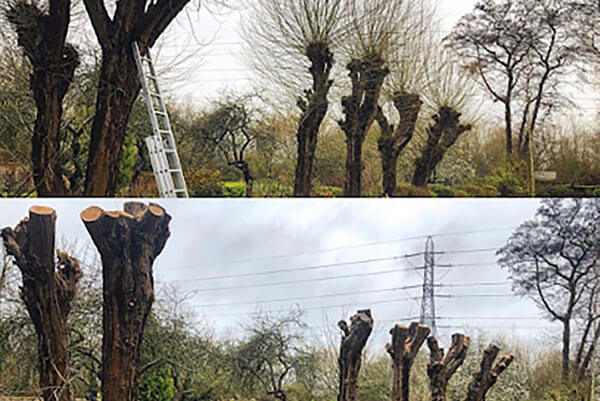
Pollarding is the removal of all the growth of a tree back to the main stem, encouraging the tree to produce vigorous shoots. The aim is to create a “knuckle” where branches will grow out from, promoting a dense head of foliage and branches. Pollarding is normally undertaken to broadleaf species such as lime, poplar, plane, willow, and usually requires pruning the new growth back once every 3-4 years on a cyclical basis.
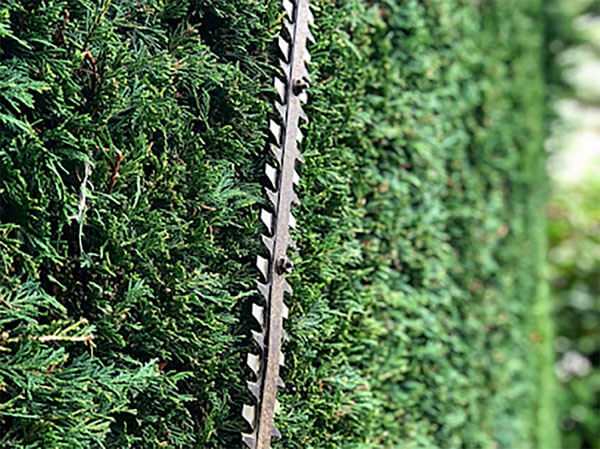
New hedges should be pruned from an early stage to establish a shape, the amount you prune back will depend on the type of hedge. Hedge cutting seasons and the frequency of cutting depends on the species, but as a rule of thumb, evergreens like box or privet should be trimmed around two to three times a year during the growing season, fast-growing conifers such as leylandii may need trimming more frequently to keep them under control.
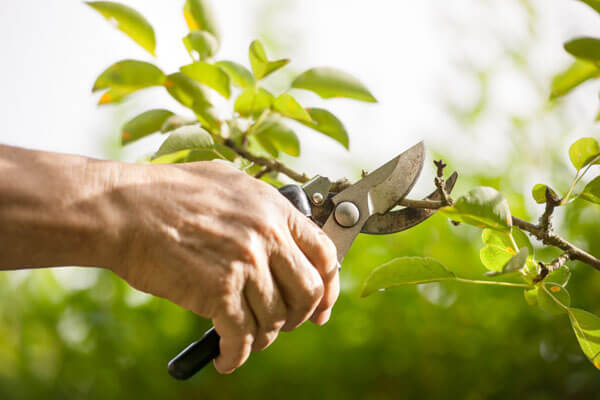
Fruit trees are usually pruned in the winter when the trees are in a dormant state. We are expert at creating a balanced shape with strong branches that will support heavy fruit crops. We carry out annual pruning to produce fruit, and by removing branches that are competing, crossing, rubbing or deformed, we can reduce neglected trees to a size and shape that will be easier to manage in the future.
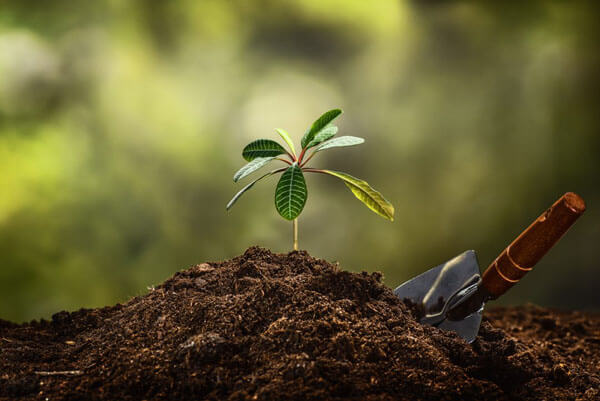
We are experienced in planting trees of all sizes to meet your budget. We can source and plant almost any tree of small to medium size root ball, instantly transforming your garden. All the trees we supply come with an establishment guarantee, and will be planted using the most up-to-date equipment and techniques. In addition, we can provide you with a full after care plan to maximise your investment.
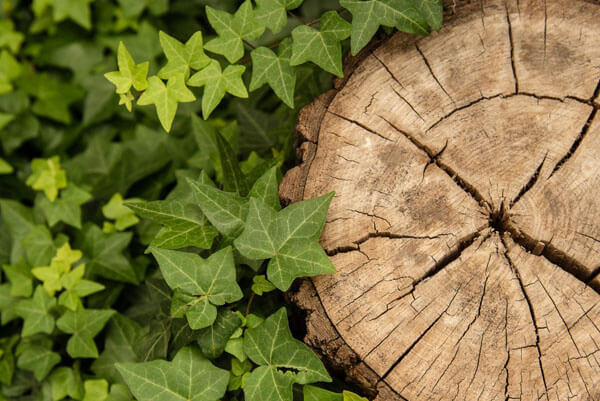
Often mistakenly accused of strangling trees, ivy’s dense growth can swamp other plants and control is often needed, before it becomes much harder to keep under control. Removing ivy from around a tree creates a more aesthetically pleasing crown, allowing light to filter through to the trees crown and surrounding space.
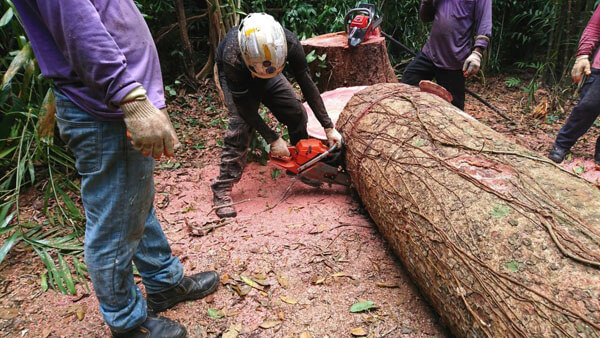
Sadly, all trees will have to be felled at some stage due to death or structural integrity being compromised. We have extensive experience felling within tight and complex surroundings and can dismantle the tree carefully and in manageable sections with lowering techniques and various tree rigging to ensure a smooth operation. We would always encourage our clients to plant another sizeable tree for future generations and can utilise the felled timber for seasoned logs, kindling and woodchip.
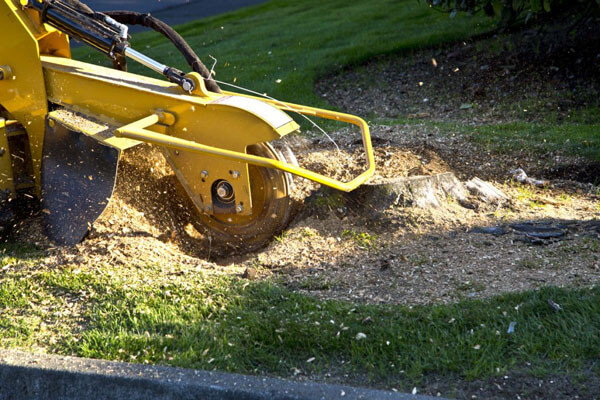
After a tree has been felled, the resulting stump can be a problem. We have specialist equipment that enables us to grind the stump out, usually to an approximate depth of 150mm below ground level (although we can grind out stumps completely and even eradicate any lateral roots if desired).
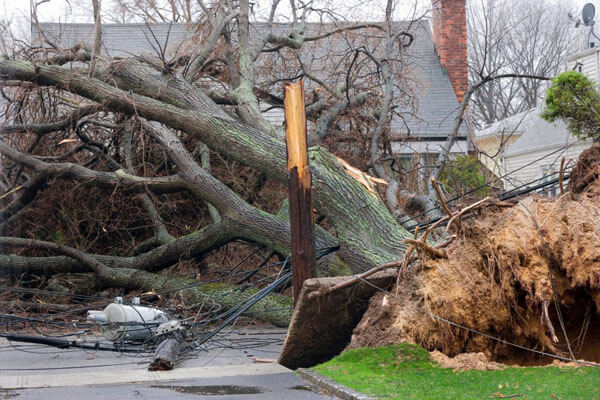
If you have a tree on your property that presents an unacceptably high risk, you are legally required to do something about it. Maple Arbor has extensive experience dealing with dangerous trees and offer a 24hour emergency call out to deal with emergency work including storm damage, unstable and fallen trees.
